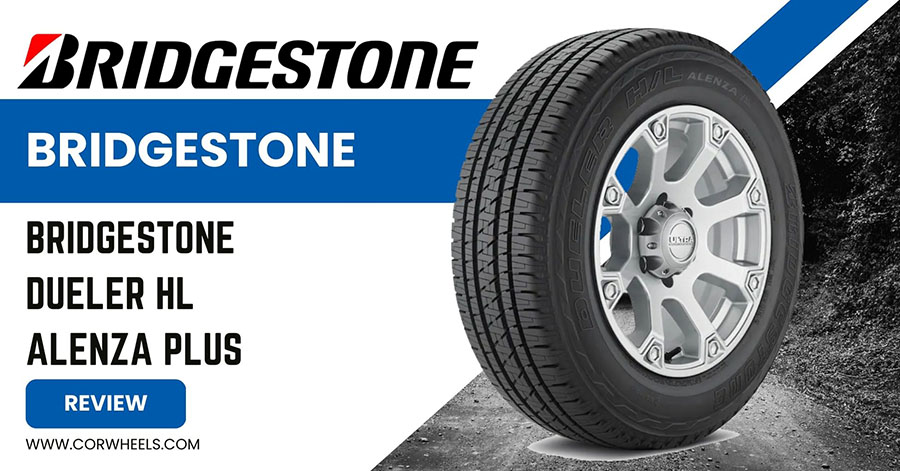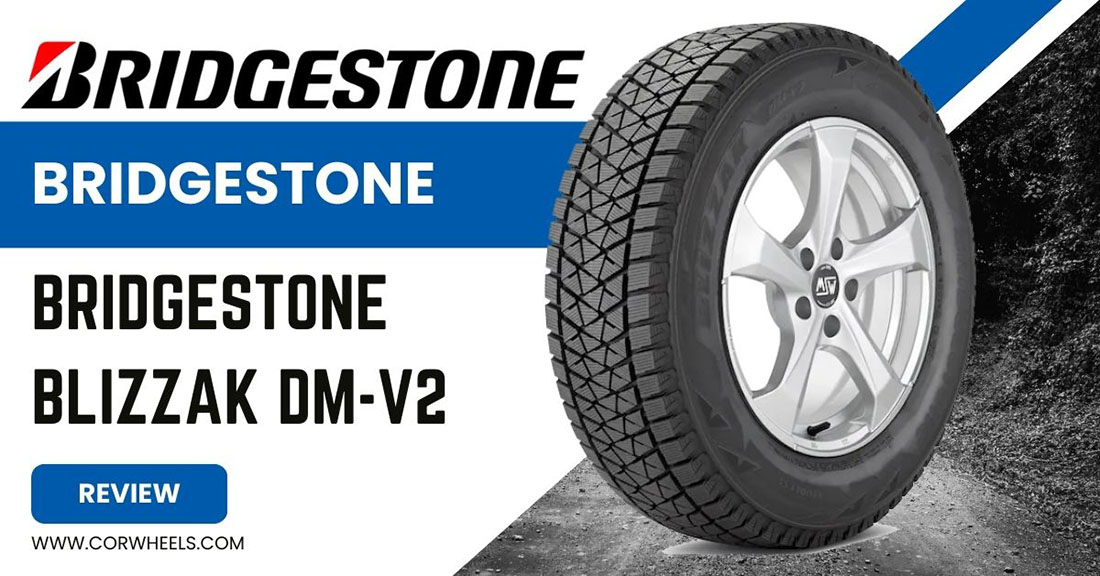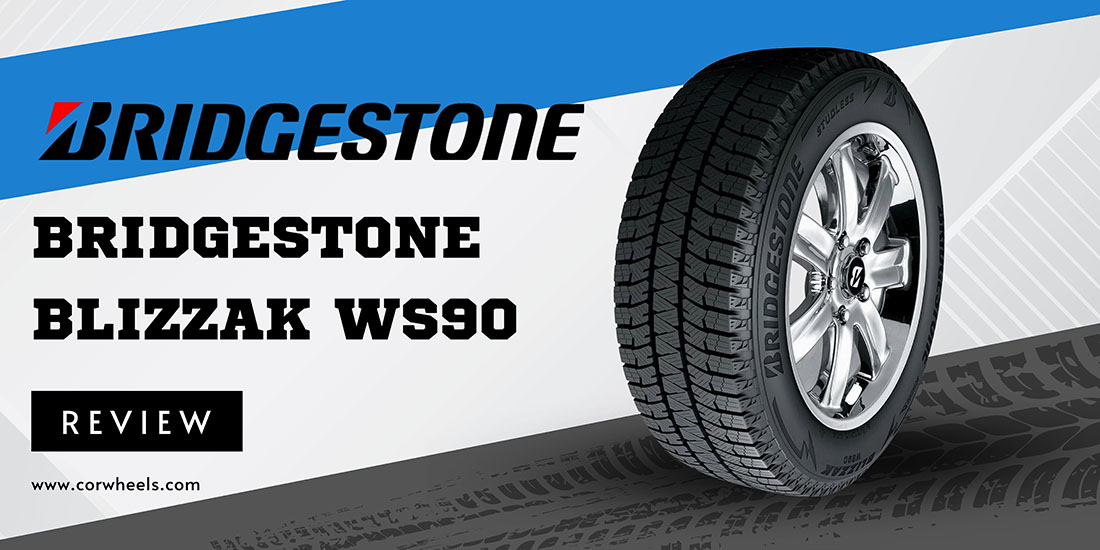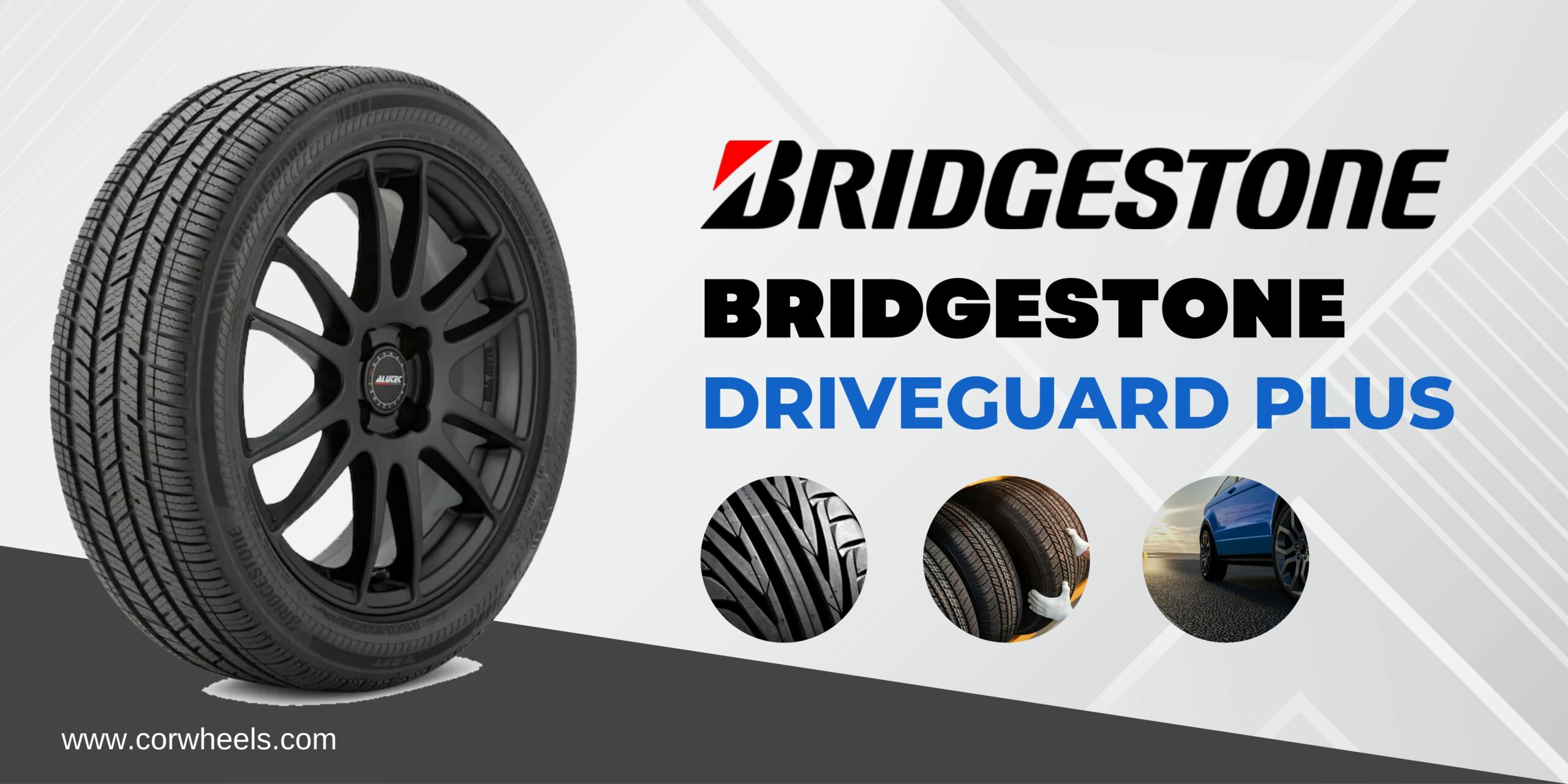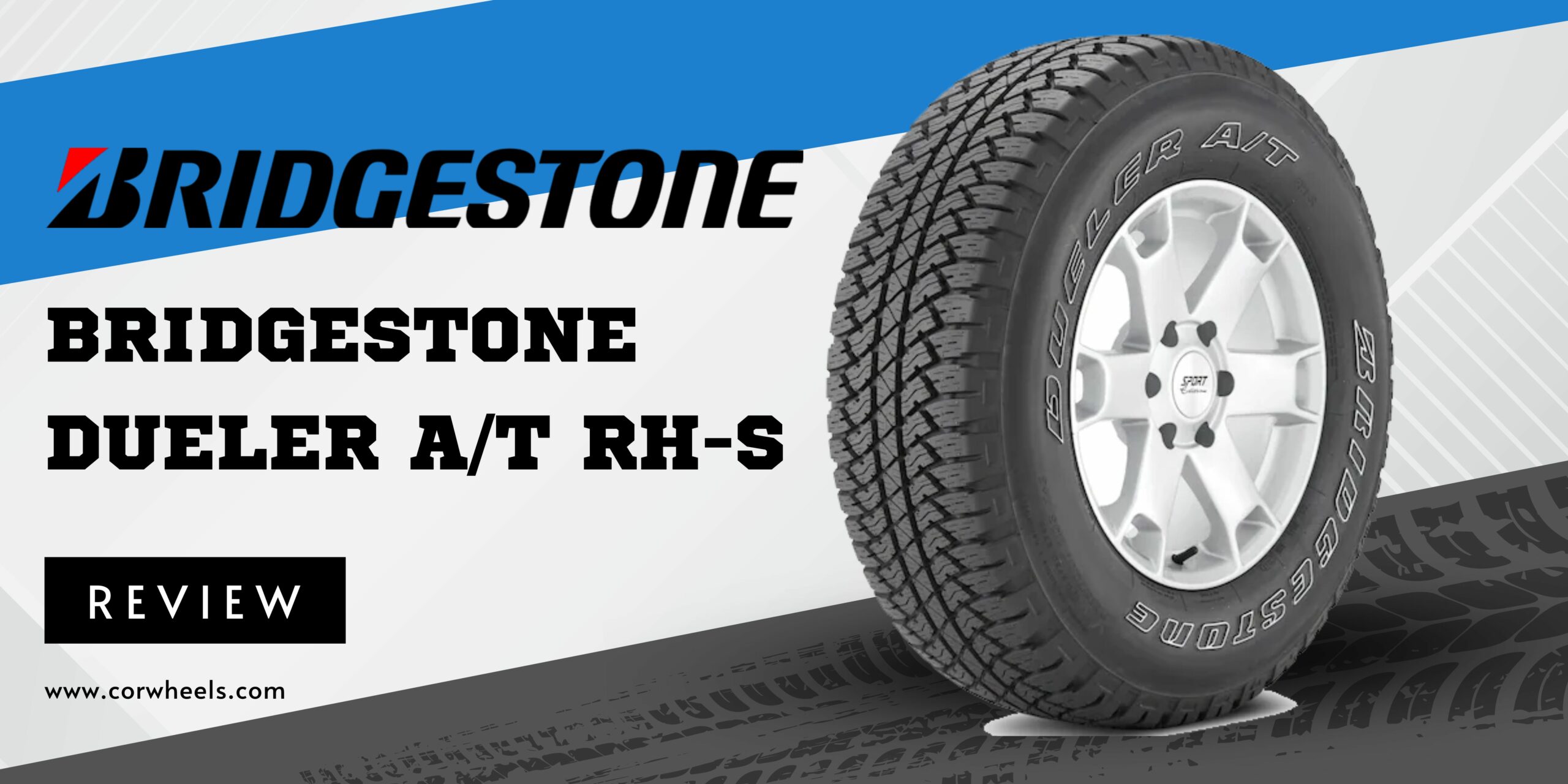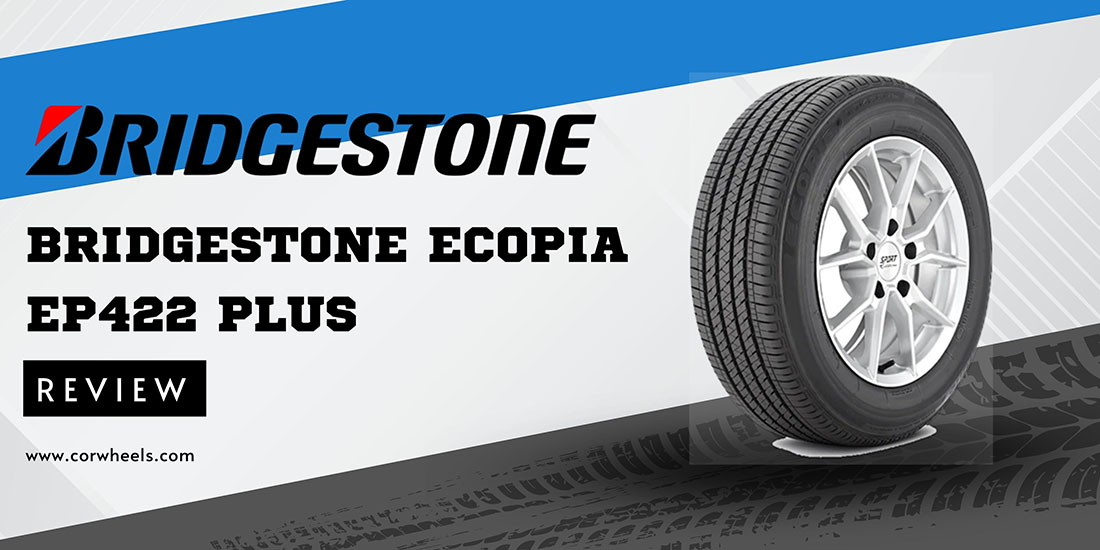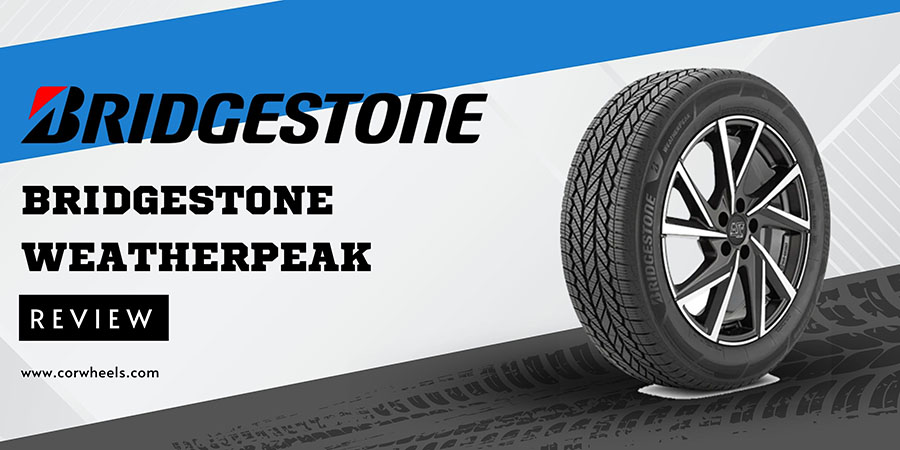There has been a lot of buzz around Bridgestone’s Dueler H/L Alenza Plus – and at least judging the brand’s claim, it is easy to see why. Bridgestone promises ultimately reduced noise and year-round traction (even on lighter snow) with its notched blocks and lateral sipes, lifting major concentrated pressures off heavy midsize SUVs and crossovers.
Our 10-day test ride and tire review with Dueler H/L Alenza Plus aimed to confirm how much of these offers translate to real-life practice. Scroll for more discussion!
In this article:
Bridgestone Dueler H/L Alenza Plus Specifications & Features
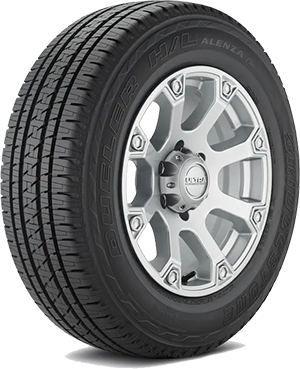
| Tire Type | Crossover/SUV Touring All-Season |
| Tire Size | 15″ – 22″ |
| Load Range | SL – XL |
| Speed Rating | H, V, T, W |
| Warranty | 80,000 miles |
| Ratings | 8.3/10 |
Dueler H/L Alenza Plus features symmetric, ribbed tread patterns of evenly-spaced blocks on both tire sides, which minimizes and distributes vibrations evenly for better ride comfort.
At the same time, continuous center ribs and notched shoulder blocks boost highway stability and overall responsiveness, while lateral sipes/notches and wide grooves help retain inclement-weather traction.
A look inside the H/L Alenza Plus reveals twin steel belts, supported with wound nylon in certain speed ratings (W, V, and H) to lend better tread-area support. To seal the deal, polyester cords are included to strengthen the sidewalls, and various wall angles have been set up for the blocks to disrupt noise waves and bring in a much quieter ride.
Bridgestone Dueler H/L Alenza Plus Review & Performance Test Result
The following reports derive from the 265/70R17 tire size version of Bridgestone Dueler H/L Alenza Plus, tested on our 2022 Ram 1500 car model as part of the 2023 COR Wheels tire test.
1. Dry Performance: 8.9/10
Dry Traction: 9.1/10
H/L Alenza Plus is quite a delight on dry pavements with its continuous, flexible center ribs. They are soft enough to generate easy, effortless traction, while delivering the needed stability to avoid being thrown off by unexpected bumps or cracks.
We started mild with an average speed of 40 to 50 MPH to test the water. The pickup truck showed little signs of struggling – if even any – and confidently palmed out road imperfections with a sense of certainty we have only seen in smaller cars.
Communications with the road contact were constant for us despite our deliberate, abrupt directional changes from left to right. And surprisingly, the closer we neared 50 MPH, the more responsive it seemed, as if all of its senses were heightened to tune in to our more demanding speed heights.
Our team then raised the bar with gradual but decisive acceleration until we bolted down the street at 85 MPH or so. Ram 1500’s notched blocks remained grippy and planted, with only minor vibrations that were more like a result of our too-sharp flicks rather than from the light truck tires themselves.
This striking confidence continued when we topped the challenge with a towed 6200 lbs trailer mid-way: both our SUV touring tires and pickup trucks jittered for a very few 4-5 initial seconds before quickly recovering their slick, bumpless synchronization for the rest of the ride.
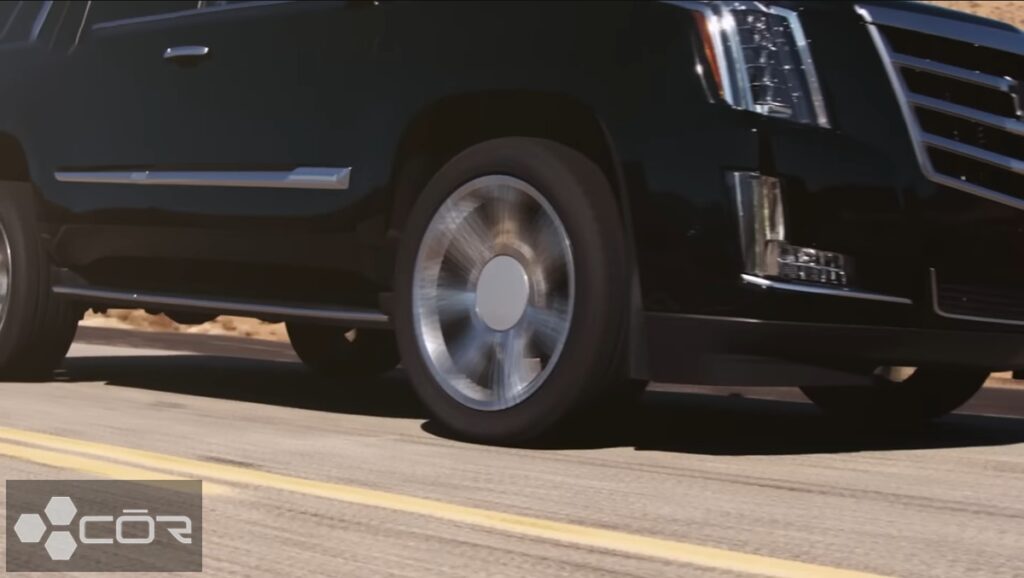
Corner Stability: 8.8/10
Dueler H/L Alenza did not disappoint with its beyond-average corner stability. Regular streets are where their lateral notches and sipes shined best: Ram 1500 took a quick, dashing turn the moment our steering wheel was turned, biting hard on the grooved surfaces while greasing itself assuredly through lane changes.
There was a bit of surprising stiffness at the center that we did not like at first, but as the corners grew tighter and trickier, the stability it brought about was welcomed by all our members.
Like with dry traction, we raised the capacity test by loading more trailer weight and cargo at every 30-minute stop.
While the overall cornering sense barely altered after a full day of driving, we did notice the car got more pulled down at corners due to the heavier-weight load transfer and biased centrifugal force. The further we strayed from its towing rating (12,300 lbs), the heavier it felt.
Steering Response: 8.9/10
There was little room for complaints in terms of steering response.
Aside from first-day vibrations due to the light truck being parked too long beforehand, the rest of the ride was all breezy and effortless with our responsive steering response.
The firm compounds and sidewalls did a great job keeping our H/L Alenza Plus tire in shape, lending sufficient integrity to adapt to some of our more aggressive driving negotiations.
During the first 30 minutes of the test, we kept things strict within straight-line driving. Once seeing their smooth steering did not likely cause trouble, our team changed directions to complex, multi-intersection road patches instead. Spinning endeavors were very predictable here, and oversteering (just a little) could easily be controlled by quick brake modulating.
Still, like with dry traction/corner stabilities, heavier cargo and trailers also dampened steering sensitivity on more uneven surfaces – though not to the point of compromising safety.
2. Wet Performance: 8.6/10
Wet Traction: 8.6/10
The tire performed decently but not impressively on wet, even road surfaces.
Its biting grooves and sipes carried some of their dry-traction sturdiness into wet areas – enough to let us roll quickly and surely through water logs without accidents at 60 to 70 MPH, but far from being sharp and condition-sensitive.
On dry pavements in previous tests, there was a nice balance of stability and flexibility; but now, we could only sense 2/3 of the former and not so much the latter.
To clarify, these tires did well on straight-line driving with little to no cargo/passengers, since risks of performance fluctuations were low in these situations. But once we entered wetter curves and loaded more trailers on the way, stutters were constant and obvious.
Our team struggled to bend the car at our will on more slippery patches, and the front pairs kept chopping their outer edges during towing.
Needless to say, accelerations to more than 80 MPH were a risk in such cases. We avoided them as much as we could.

Hydroplaning Resistance: 8.5/10
Likewise, hydroplaning resistance was good but not exceptional. The tire grooves worked decently on thinner water layers and on straight roads with fewer curves and turns at roughly 60 to 70 MPH, allowing us to have a consistent sense of road contact under the rubber.
However, its qualities experienced more fluctuations as we entered heavy downpours at more than 75 MPH. Hydroplaning was still under control but happened more often at corners, forcing us to navigate back to straight roads to give the channels more water-processing time. The slightly muted feedback after 1.5 hours or so under the rain did not sit well with us, either.
3. Winter/Snow Performance: 7.3/10
Light Snow Traction: 7.9/10
For an all-season tire (and not dedicated snow tire), Dueler H/L Alenza Plus’s light-snow traction was actually pretty good. The polyester cords gave their internal structure ample support and stability to deal with inconsistent, scattering snow packs, and we found their grooves and slits to carry on a bit better than in heavy downpours.
6300 lbs cargo/trailers and 70-80 MPH seemed to be the limits to travel on snows of 4-5 inches, as all the vibrations and shuddering we experienced later only occurred when we went beyond these numbers. Worse, as the snow inched closer to 8 inches with extra wet patches, hydroplaning risks became annoyingly more frequent every 2-3 miles.
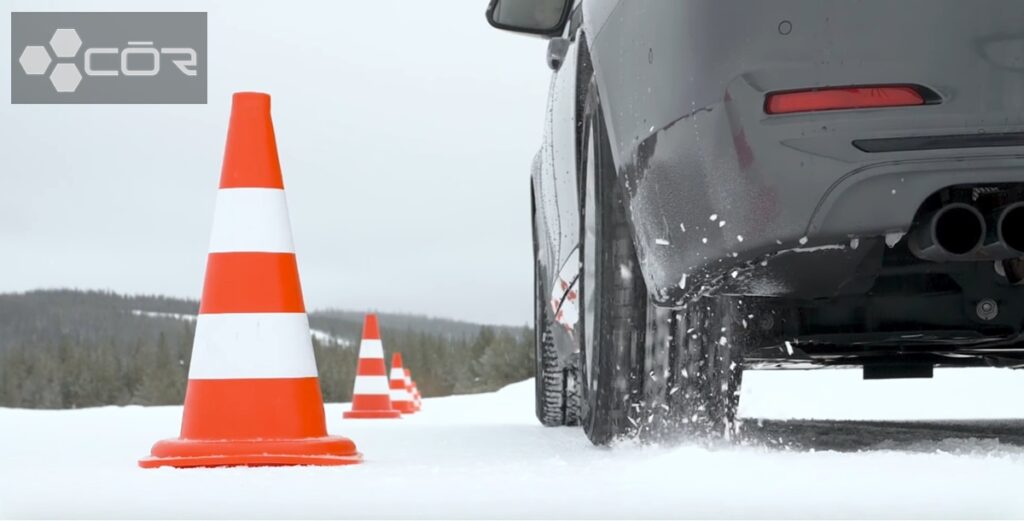
Deep Snow Traction: 7.3/10
At 8 inches of light snow, Dueler Alenza H/L Plus already fumbled; hence, we did not expect better performances entering 10 inches of snow and onwards.
Falters and stumbles were constantly present and only seemed slightly better when equipped with snow chains. The tread compounds also struggled to familiarize themselves with the increasingly cold temp, leading to occasional freezes and sidewall fatigue.
We used a trailer weight (5900 lbs) much lower than the truck’s towing capacity to stay on the safe side. Performances were indeed better, but slippages still occurred more often than we had hoped.
Ice Traction: 6.7/10
Dueler H/L Alenza Plus was a disaster on ice traction, far from the tire manufacturer’s confident claim that it could perform “all year round.”
The most uneventful moment we felt was about 15 first minutes into the ride; from then on, it was a hellhole of frequent skidding, reduced levels of traction, and screeching loud noises as the rubber rolled on thick ice.
Eventually, we had to remove excessive loading and reduce our speed to less than 30 MPH to finish our test ride safe and sound.
4. Comfort: 8.4/10
Ride Quality: 8.6/10
Alenza Plus delivered satisfying ride quality. Sidewalls were stable yet not too stone-thicked, cushioning our ride with a soft, feathery sensation not often seen in SUV/modern crossover tires.
Towing was smooth (given that our tires were properly inflated), and larger pavement bumps only churned out the smallest vibrations quickly overshadowed by the notched blocks. The tires and trailers did admittedly stumble more on wetter surfaces, though.
Road Noise: 8.3/10
These noises were still kept civilized but far from offering a quiet ride. At below 35 MPH, we didn’t hear the noise. But any speeds higher than that accompanied loud noise.
Even when there was no bump, we could hear the tread rubbing hotly onto the pavement surfaces. And the buzzing sound seemed to peak at 60 MPH on smooth asphalt; we couldn’t dare imagine how the tire would scream at higher speeds.
5. Treadwear Grade and Durability: 8.5/10
Treadwear was not world-class, but not bad, either.
Dueler H/L Alenza Plus had clearly been subjected to lots of terrain changes during the test, but only the most surfacing parts of the tread were shredded after our ride concluded. And besides, the generous 80,000-mile tread warranty is indeed a market leader compared to other all-season touring tires, so there is little to worry about.
Dueler H/L Alenza Plus Pros and Cons
Pros
Excellent traction on dry roads.
Generally good ride comfort
Decent wet-road and light-snow traction
Generous mileage warranty for tread life (80,000 miles warranty/5-years warranty)
Cons
Bad on deep snow and ice
Lots of noises
Hydroplaning issues in rainy conditions still occur
Conclusion
Our Bridgestone Dueler H/L Alenza Plus review shows that the tire has great dry-surface traction and generally comfortable rides, but that’s it; performances on wet and snow terrains leave a lot of room for improvement.
All in all, it is a decent bargain, though we still suggest keeping your eyes on other cheaper premium tires with much more even traction distribution across different seasons and weather. Most importantly, never use Dueler H/L Alenza as winter tires for towing large trailers on deeper snow and ice.
President & Automotive Expert at COR Wheels
Robert Herrera has been with COR Wheels for 17 years and has a great passion for the automotive industry. During his time at COR Wheels, he has driven and test-driven a variety of vehicles.

